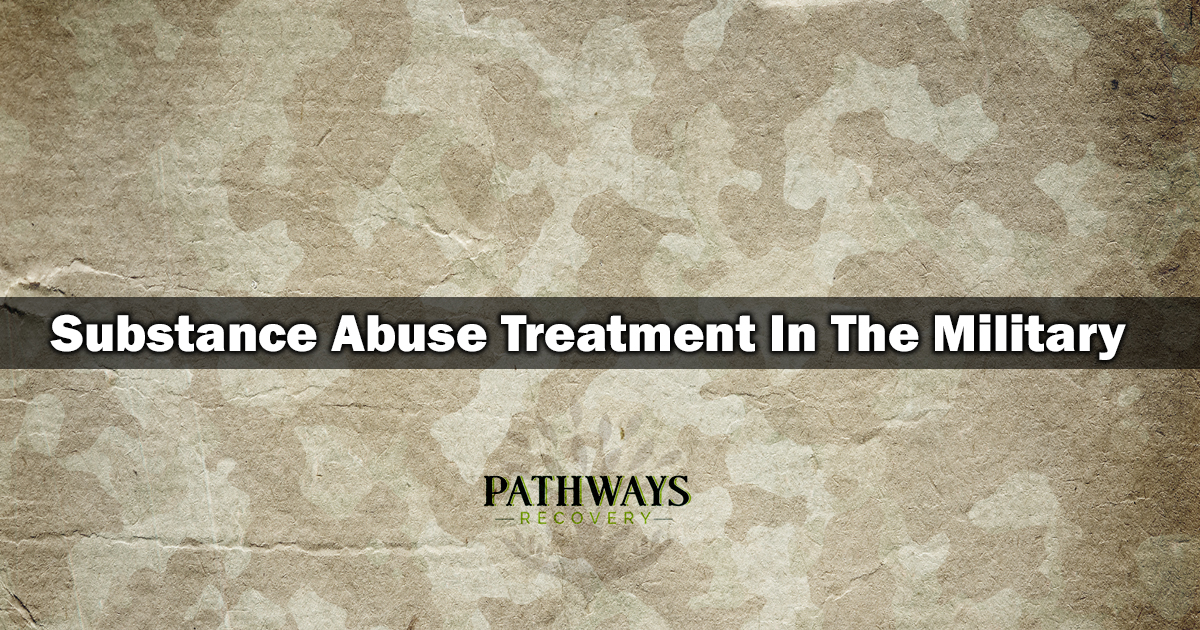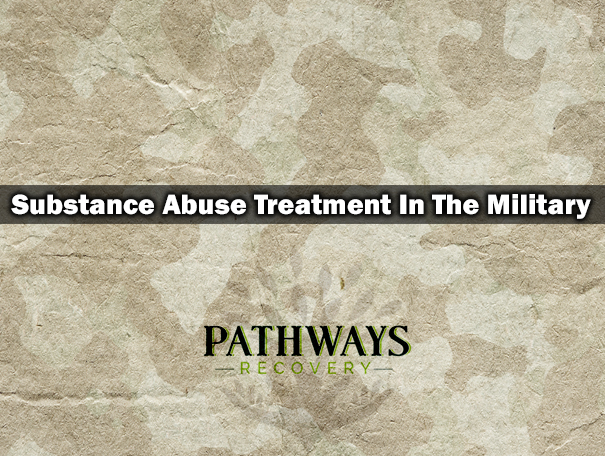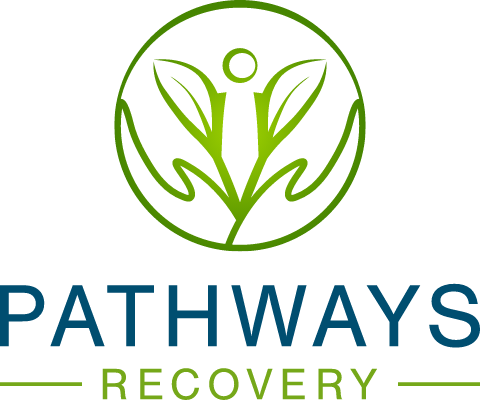
The suicide rate among our country’s service men and women is rapidly escalating. Experts agree that repeated deployments to Iraq and Afghanistan are likely connected to this number. Our forces are traveling to hostile lands multiple times; for them, deployments can feel interminable. The result is that more and more military personnel are seeing longer and more frequent tours of duty.
A Rise In Military Suicides
For the past seven years, military suicide rates have been on the rise. Experts are now claiming that this could be the new “normal” statistic. In 2015, there were 256 suicides for active-duty personnel alone. An estimated 18-22 veterans commit suicide each and every day.
Although all suicide rates have increased nationally, the statistics involving soldiers’ suicides are particularly grim. Those in the military—both who have been sent to wars and those who haven’t—suffer the loss of those men and women. The loss of like-minded individuals and friends at such a rate can cause anxiety and stress. This is one of the reasons why so many veterans and active-duty individuals turn to drugs and alcohol.
Searching For Relief With Drugs
Illicit drug use rates are actually lower in the military than they are among civilians. Of course, they are likely being tested during active duty, when there is little downtime. When they are on base, drugs are much more difficult to procure, and drug tests are common. Instead of using illegal drugs, however, many military personnel rely on heavy alcohol and tobacco use. Others will fall victim to cycles of prescription drug abuse.
Unfortunately, searching for relief through these outlets increases the risk of suicide. Alcohol, for example, is a depressant. Despite the fact that it’s associated with fun and socialization, drinking can pull a person’s mood even further down if he or she is already depressed. In more than 25% of suicides, the individual was intoxicated at the time.
Prescription drugs can boost this risk, too. Dependency and withdrawal symptoms, such as hallucinations and mood swings, may be enough to encourage suicide in an already depressed individual. Painkillers, psychotropics, and antidepressants are some of the most powerful drugs available with a prescription, and they are also ones that present the greatest risk of suicide with their use.
Other Drug Risks
Even without considering the increase in suicide rates, abusing alcohol and other drugs is dangerous. Tobacco is known to cause lung, mouth, and throat cancer among users. Different applications offer different targeted risks, although mouth and throat cancer are the most common. Using cigarettes or chewing tobacco also increases the risk of heart disease and damages the physical appearance. Long-term use manifests with yellowed fingers, rotting teeth, and less elastic skin.
Alcohol causes dangerous and often deadly accidents. Driving under the influence is a factor in 28 fatal crashes per day. It also contributes to countless non-fatal but serious accidents, such as slips falls. Regular consumption negatively affects the liver, gastrointestinal system, and esophagus.
The risks for prescription drugs vary widely depending on the drug in question, but most present strong withdrawal symptoms with continued use. These effects can range from tremors and itching to hallucinations.
Seeking Help
It can be remarkably difficult for active duty personnel to seek help for a drug or alcohol dependence. There’s usually a stigma associated with addiction, particularly among the armed forces. Strict no-tolerance policies can leave staff fearful that seeking assistance will cost them their jobs. Such factors prevent many people from finding the guidance that they need.
There are a few veteran programs available, which the VA partially funds. Individuals must qualify for treatment and enroll in one of the care programs. Active duty personnel are left with fewer options, and unfortunately, this inequality is rarely discussed. It’s hard to cope with deployment on its own, but substance abuse can make it even more difficult.
For now, private treatment facilities are the best option for military staff seeking help. These organizations offer special care while catering to their patients’ specific needs. Different options are available depending on the severity of the addiction, so individuals can get the help that they need to abstain and recover.


